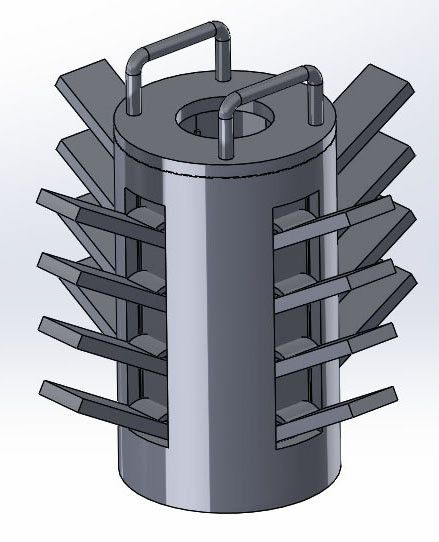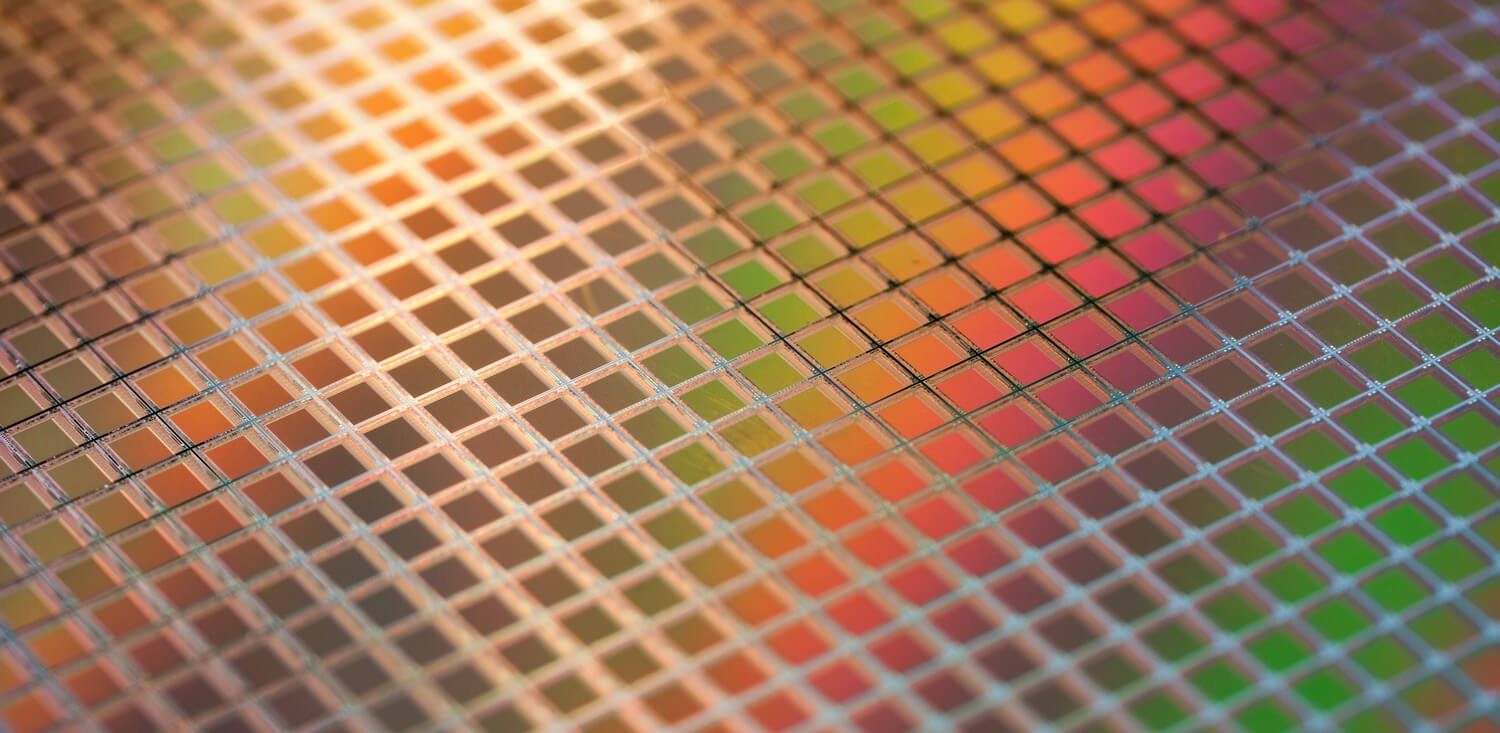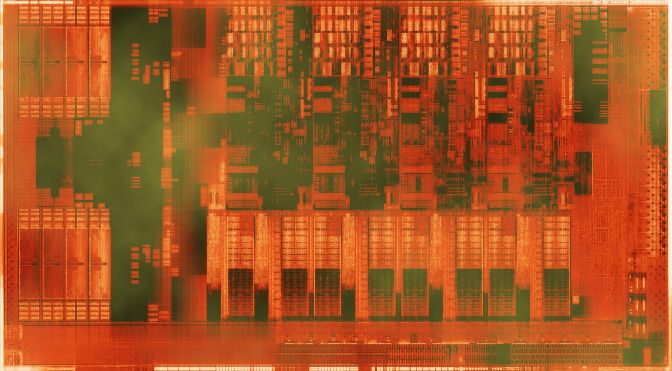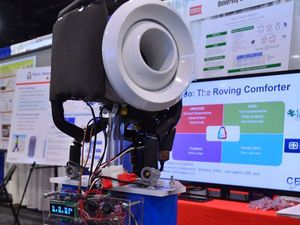Page 11338
Mar 11, 2016
Put an anchor in it: How astronauts could tackle walking on asteroids
Posted by Klaus Baldauf in category: space
In the next decade NASA plans to catch and redirect an asteroid. The question is, how will astronauts lasso and move around on a space rock? One option is using a space anchor, according to a Missouri University of Science & Technology design.
Missouri S& T students are working to design an anchoring device that will allow astronauts to clip in and move around on a wrangled asteroid. The device could be used during a human mission as part of NASA’s Asteroid Redirect Mission or ARM. The ARM objective is to visit a large near-Earth asteroid, collect a sample and redirect it into orbit around the moon. The same techniques could be used for Martian missions in the 2030s, according to NASA.
Now back to the whole walking around on a moving asteroid objective.
Continue reading “Put an anchor in it: How astronauts could tackle walking on asteroids” »
Mar 11, 2016
Will the End of Moore’s Law Halt Computing’s Exponential Rise?
Posted by Karen Hurst in categories: computing, Ray Kurzweil, singularity
“A common challenge to the ideas presented in this book is that these exponential trends must reach a limit, as exponential trends commonly do.” –Ray Kurzweil, The Singularity Is Near
Much of the future we envision today depends on the exponential progress of information technology, most popularly illustrated by Moore’s Law. Thanks to shrinking processors, computers have gone from plodding, room-sized monoliths to the quick devices in our pockets or on our wrists. Looking back, this accelerating progress is hard to miss—it’s been amazingly consistent for over five decades.
But how long will it continue?
Continue reading “Will the End of Moore’s Law Halt Computing’s Exponential Rise?” »
Mar 11, 2016
I’m leaving Rackspace to join Upload VR — By Robert Scoble
Posted by Odette Bohr Dienel in categories: futurism, virtual reality
Mar 11, 2016
Solar energy rolls out like a carpet with groundbreaking Roll-Array photovoltaics
Posted by Shailesh Prasad in categories: solar power, sustainability, transportation

The Roll-Array is easily towable by a standard 4×4 vehicle such as a Land Rover. When connected to the back of the car, the flexible solar panels are pulled out of a spool and create ground cover in a matter of minutes. On their website, Renovagen claims the panels will be able generate up to 100kWp – 10 times more power than other transportable solar panels on the market today.

Mar 11, 2016
Scientist identifies mechanism to regenerate heart tissue
Posted by Shailesh Prasad in categories: biotech/medical, genetics
The MDI Biological Laboratory has announced new discoveries about the mechanisms underlying the regeneration of heart tissue by Assistant Professor Voot P. Yin, Ph.D., which raise hope that drugs can be identified to help the body grow muscle cells and remove scar tissue, important steps in the regeneration of heart tissue.
Heart disease is a leading cause of death in the western world. Yin is using zebrafish to study the regeneration of heart tissue because of the amazing capacity of these common aquarium fish to regenerate the form and function of almost any body part, including heart, bone, skin and blood vessels, regardless of their age. In contrast, the adult mammalian cardiovascular system has limited regenerative capacity.
“Although zebrafish look quite different from humans, they share an astonishing 70 percent of their genetic material with humans, including genes important for the formation of new heart muscle,” Yin said. “These genes are conserved in humans and other mammals, but their activity is regulated differently after an injury like a heart attack.”
Continue reading “Scientist identifies mechanism to regenerate heart tissue” »
Mar 10, 2016
Google’s AI systems are on a roll as robots learn the best way to pick up objects [Video]
Posted by Klaus Baldauf in category: robotics/AI
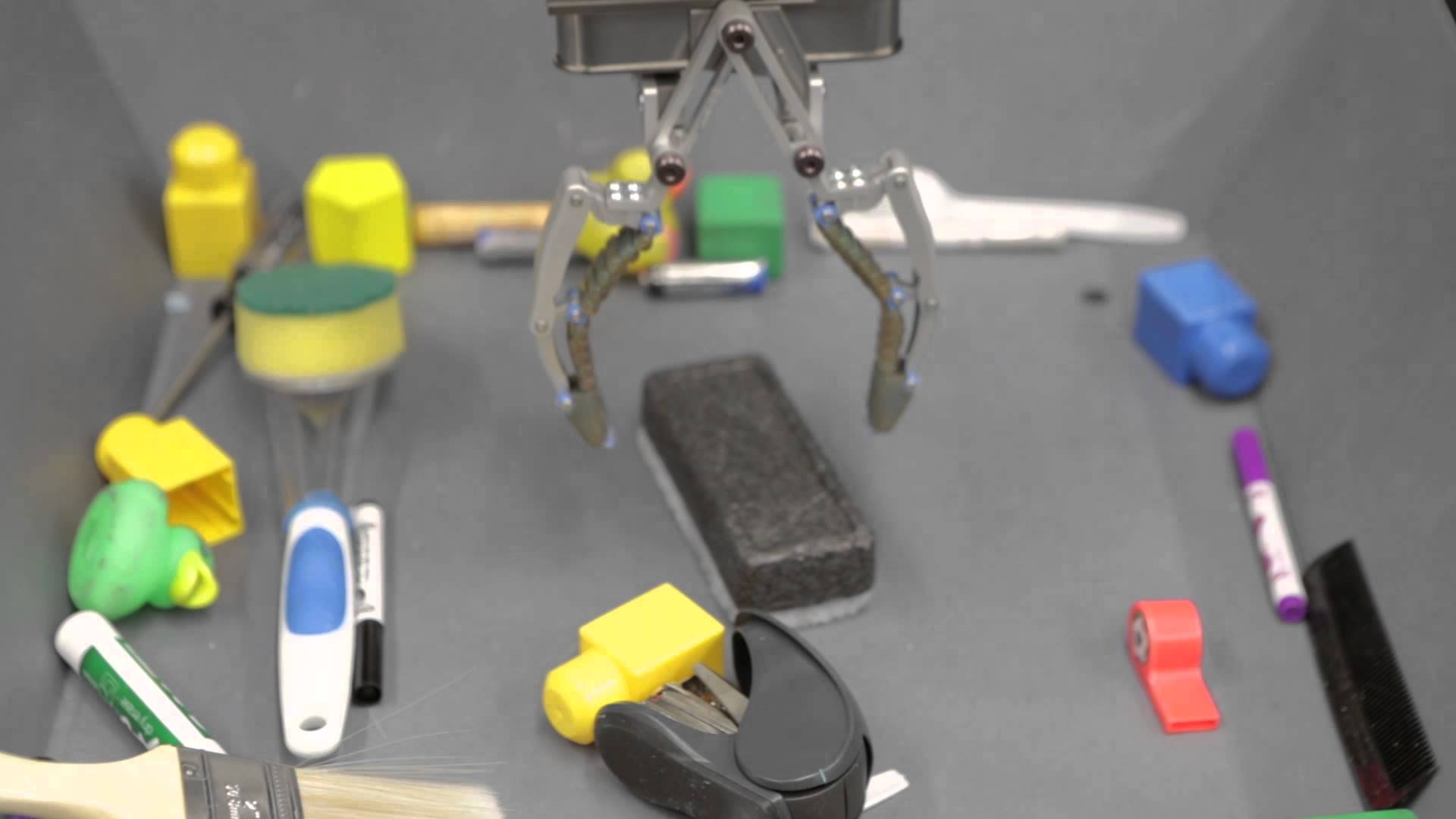
As achievements go, learning how to pick up objects doesn’t sound quite as impressive as twice beating the world Go champion – it is, after all, something the average toddler can do. But it’s the fact that the robots themselves figured out the best way to do it using neural networks that makes this notable.
A recent Google report spotted by TNW explains how the company let robot arms pick up a variety of different objects, using neural networks to learn by trial-and-error the best way to handle each. Some 800,000 goes later, the robots seemed to have it figured out pretty well …
Mar 10, 2016
Microfluidics: DARPA is betting embedded water droplets could cool next-gen chips
Posted by Karen Hurst in categories: computing, futurism
More urgency placed on making Microfluidics/ embedded H2O droplets for cooling microchips so that the emergence of high performing microchips coming in the future.
DARPA and Lockheed Martin have a plan to build microfluidic cooling into modern microprocessors. This could dramatically improve CPU cooling and break the bottleneck on clock speed scaling — at least, for a little while.
Mar 10, 2016
ARPA-E Funding Personal Climate Control Systems with Robots, Foot Coolers, and More
Posted by Karen Hurst in categories: energy, government, robotics/AI, sustainability
Government’s other big NextGen Program “Advanced Research Projects Agency-EnergyAdvanced Research Projects Agency-Energy” (ARPA) is funding a personal climate change solution with robots, foot coolers, etc. There is one fact; US Government does love their acronyms.
Why heat or cool a whole building when you could heat or cool individual people instead?
Mar 10, 2016
A brief look at what the man who put the @ in email started
Posted by Karen Hurst in category: cybercrime/malcode
Another example of technology outliving it’s creator — email.
A brief history of electronic messages, from the Queen’s first email to the triumph of spam to the launch of Gmail to mobile email.

